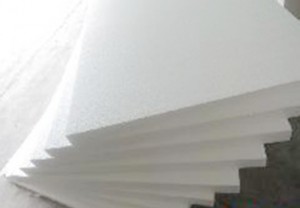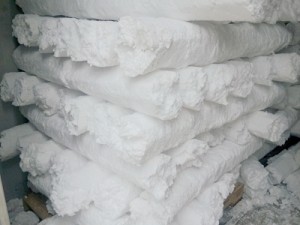Polystyrene foam board is one of the three common interior wall insulation material which is also known as foam board, EPS board, a white object from polystyrene beads that contain a volatile liquid blowing agent after heating advance and heated in the mold and molding. It has structural features of its fine function is mainly for building wall, roof insulation, thermal insulation composite panels. Expansion into EPS board and continuity of extruded XPS board.
First, polystyrene foam board advantages:
Polystyrene foam board density coefficient, good impact resistance, there is sufficient capacity to respond by changing the shape of the outside world and to buffer the impact force.
With independent bubble structure, a small area of damage will not affect the entire surface of the wall.
The surface low water absorption, anti-good permeability, can effectively avoid the damp moldy walls, falling off the wall question.
The temperature is not affected. At high temperature, polystyrene foam board is not due to high temperature melt flowing and it will not happen because the temperature is too low and the low temperature will cause embrittlement phenomenon.
Polystyrene foams are recyclable materials that can be recycled to the extent of plastic recycling.
The production process does not use Freon.
In the full life cycle energy consumption of plastic products in the lowest.
Second, polystyrene foam board’s disadvantages as the following:
The construction needs linked network, the construction process cumbersome, long duration.
Flammable, poisonous gas after combustion. Ordinary polystyrene foam insulation board is easy to burn, toxic smoke produced by combustion, even after adding a flame retardant, it can only reach flammability Class B.
So you can know the disadvantages of polystyrene foam board. The polystyrene foam board handling need effective and practical solutions. So I hope more people could pay attention to the recycling solutions.

